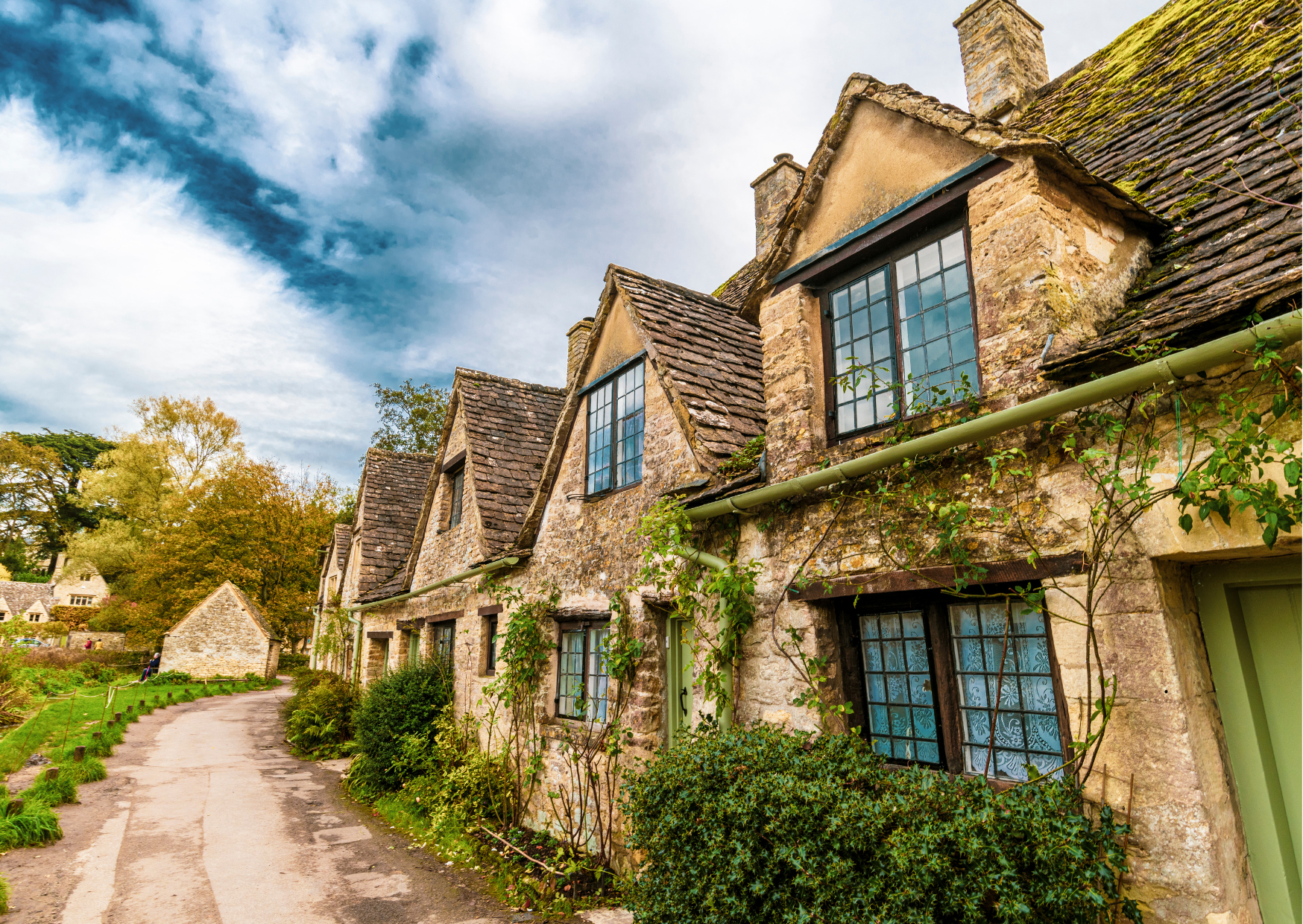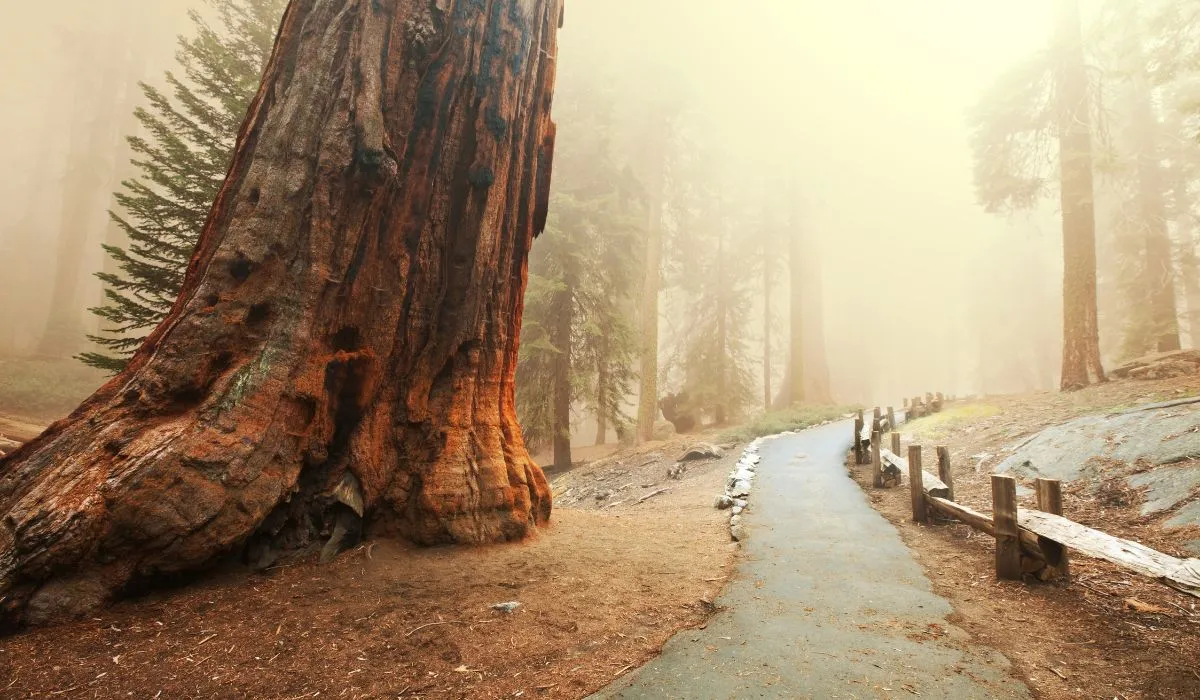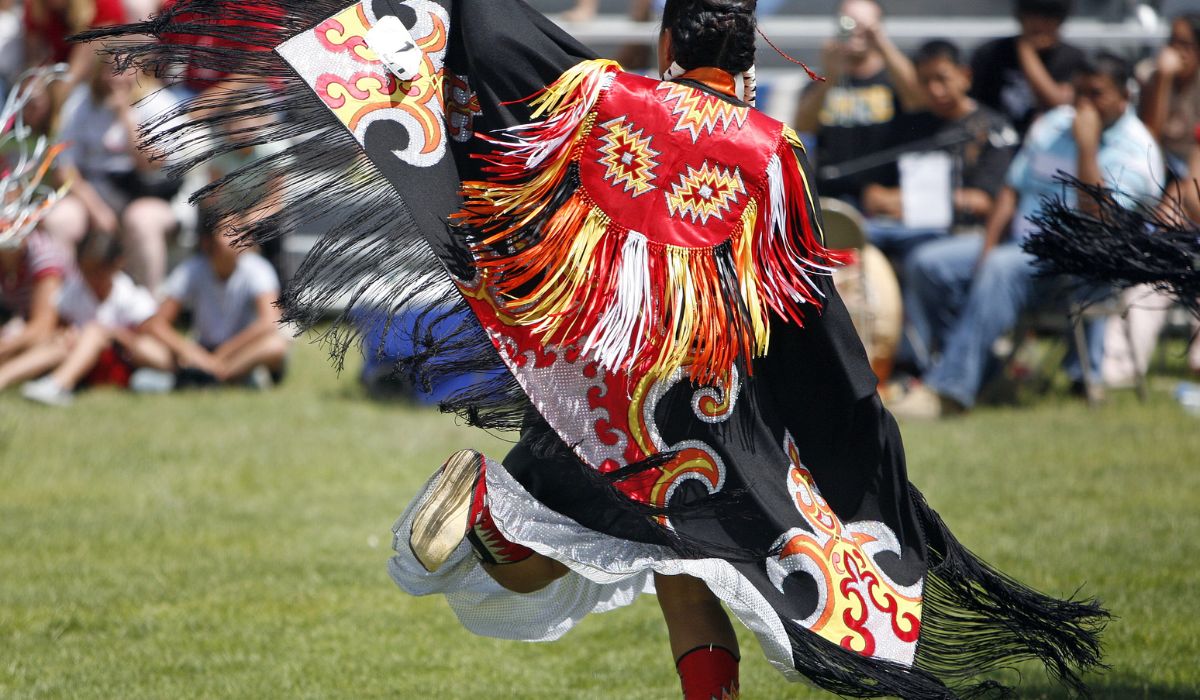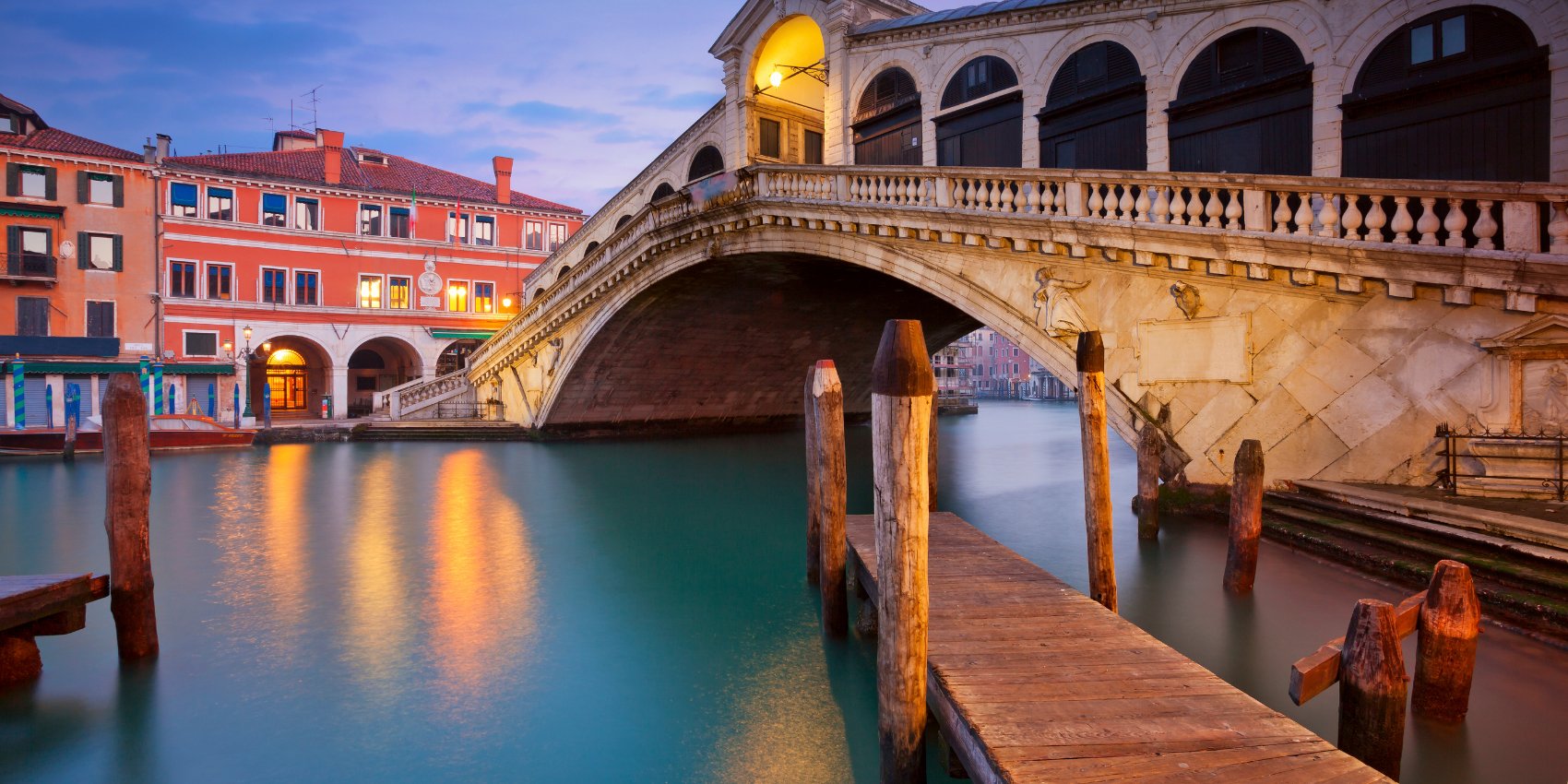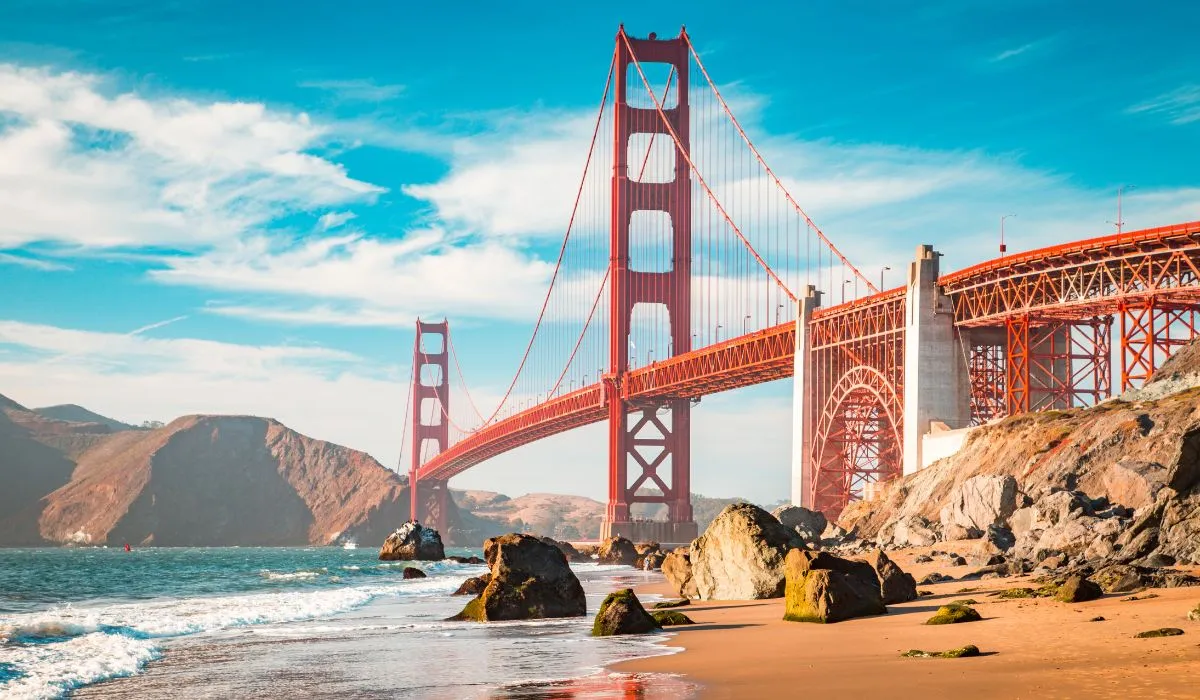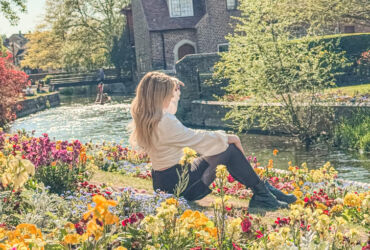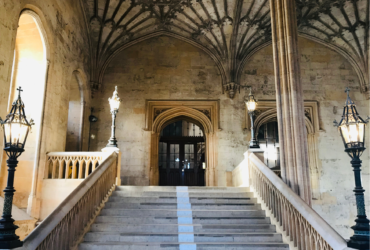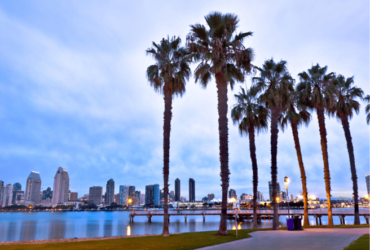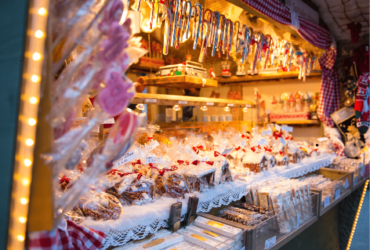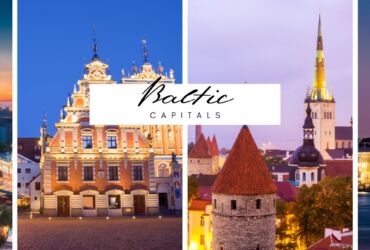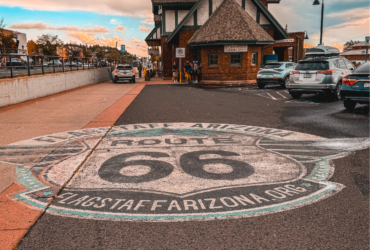Your Guide to the Prettiest Villages in the Cotswolds
The name “Cotswold” is thought to derive from the Old English words cot (meaning “sheep enclosure”) and wold (meaning “gentle hill”). This reflects the region’s historic wealth, built on the back of the medieval wool trade, which gave rise to the grand churches and charming market towns still visible today.
Imagine gently rolling hills, golden-stone cottages, tearooms with scones fresh from the oven, and centuries-old pubs — that’s the Cotswolds. This Area of Outstanding Natural Beauty, just a couple of hours from London, is a postcard-perfect blend of idyllic villages, pastoral landscapes, and timeless English charm. Whether you’re planning a weekend escape or a day trip, it’s a destination that lingers in memory.
How to Visit the Cotswolds
How to get there: by train from London Paddington to Moreton-in-Marsh or Kemble (approx. 1.5–2 hours). We paid around $80 round trip for two people. Alternatively, you can join an organized bus tour from London — a more budget-friendly (though slower) option. Many of these tours include a stop in Oxford as well.
How much time you need: one day is enough to explore the highlights, but two days let you slow down and enjoy the countryside.
Best season to visit: I visited in spring, when the gardens were in full bloom and the sunlight warmed the honey-colored stone. But the Cotswolds are charming in every season — autumn, in particular, is wonderful for golden foliage and cozy pubs.
Villages to Discover in the Cotswolds
Bibury
Often described as “the most beautiful village in England,” Bibury is best known for Arlington Row — a line of 14th-century weavers’ cottages. The River Coln adds a magical atmosphere, and the village is compact yet full of charm.
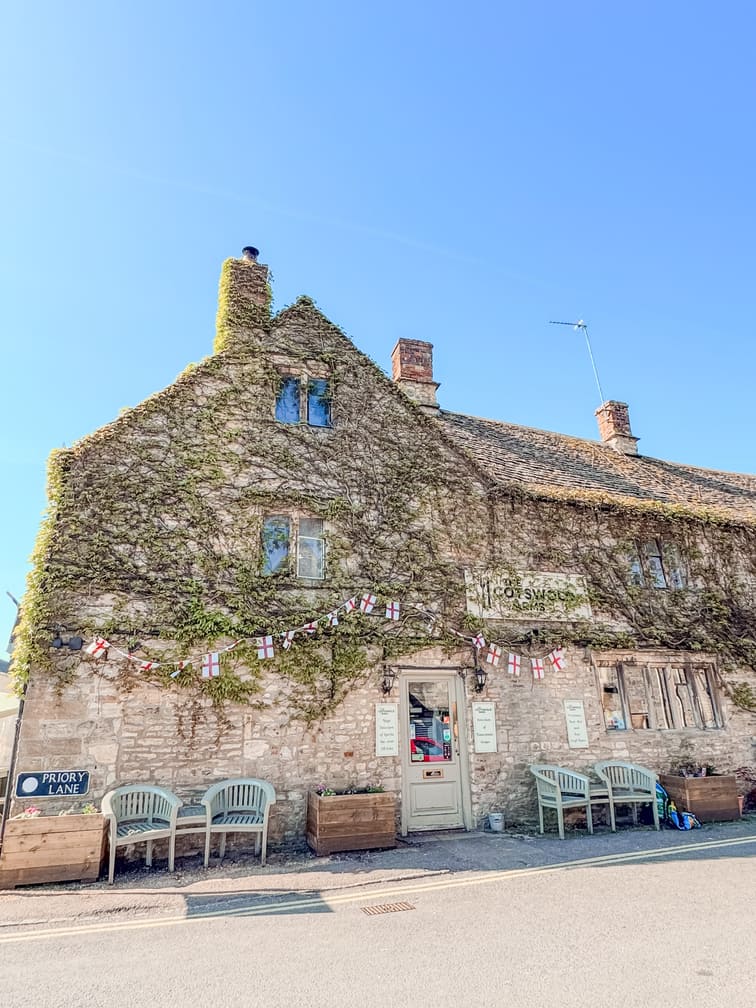
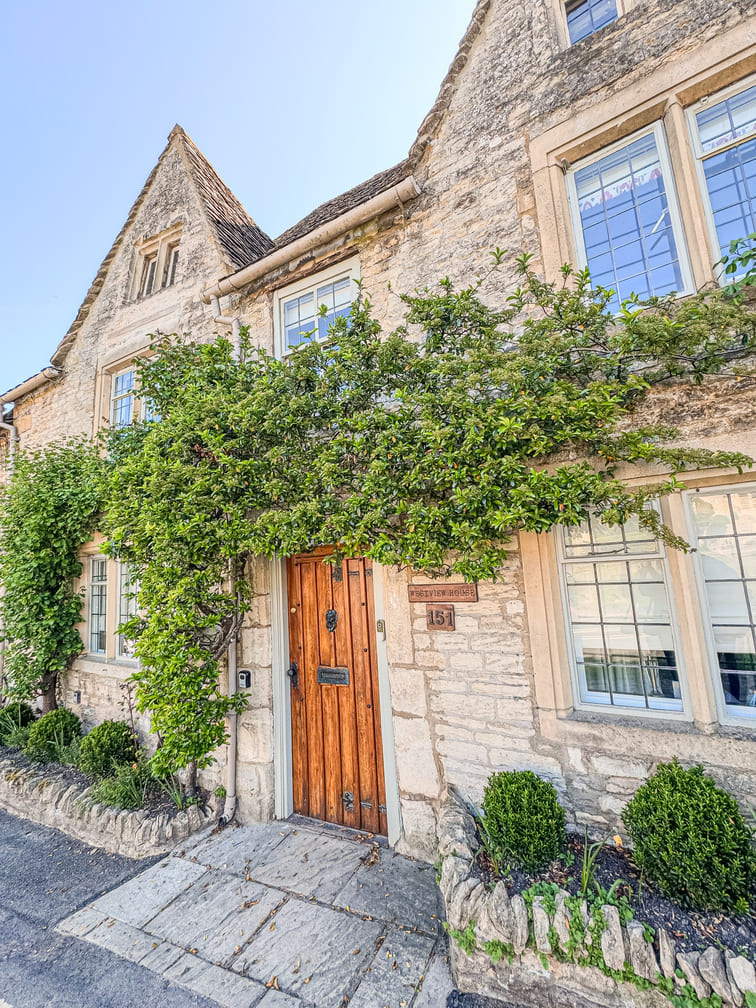

Castle Combe
A picturesque hamlet with no new houses since the 1600s, Castle Combe is famous for its unspoiled look. Often used in films, it has a medieval market cross and a tranquil woodland backdrop.
Stow-on-the-Wold
One of the highest towns in the Cotswolds, Stow was a traditional market hub. Its wide square is lined with antique shops and old inns. The church door flanked by ancient Yew trees is a must-see.
Bourton-on-the-Water
Known as the “Venice of the Cotswolds,” Bourton is crisscrossed by small stone bridges over the River Windrush. It has a lively center, lovely tea rooms, and attractions like the Model Village and Birdland.
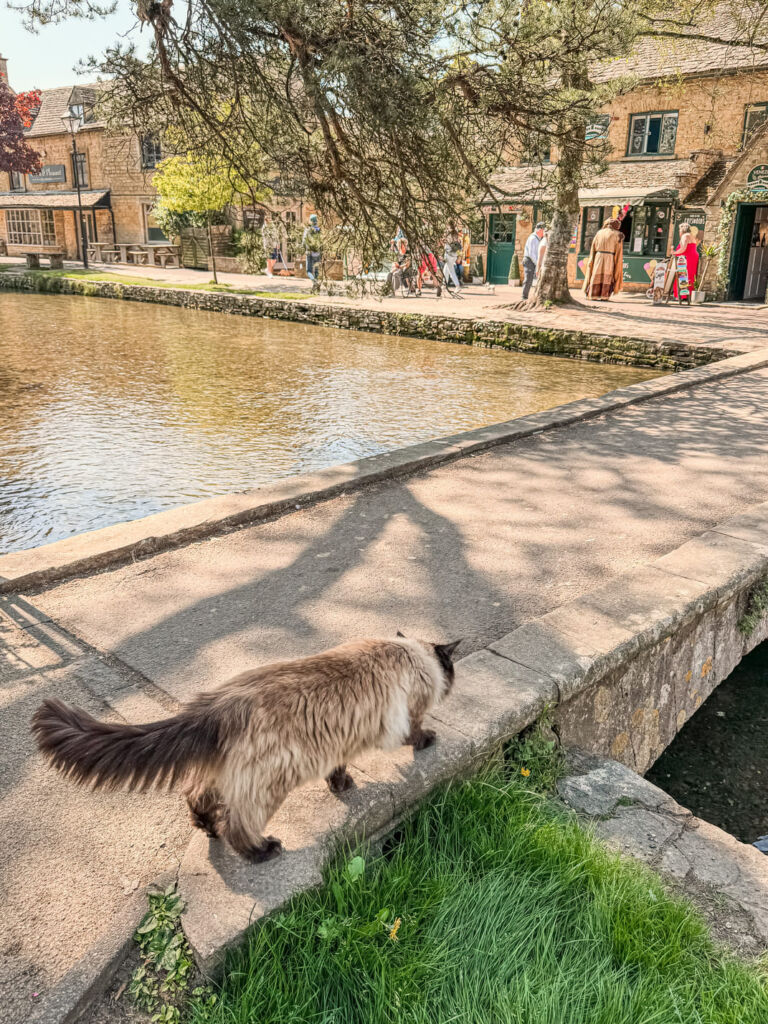
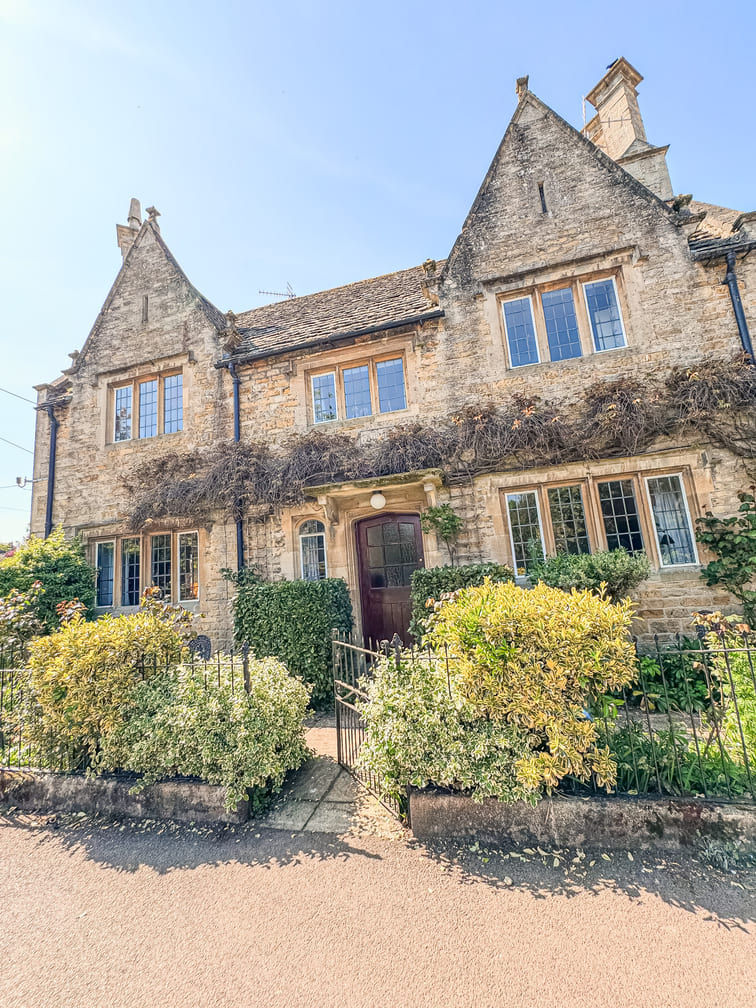
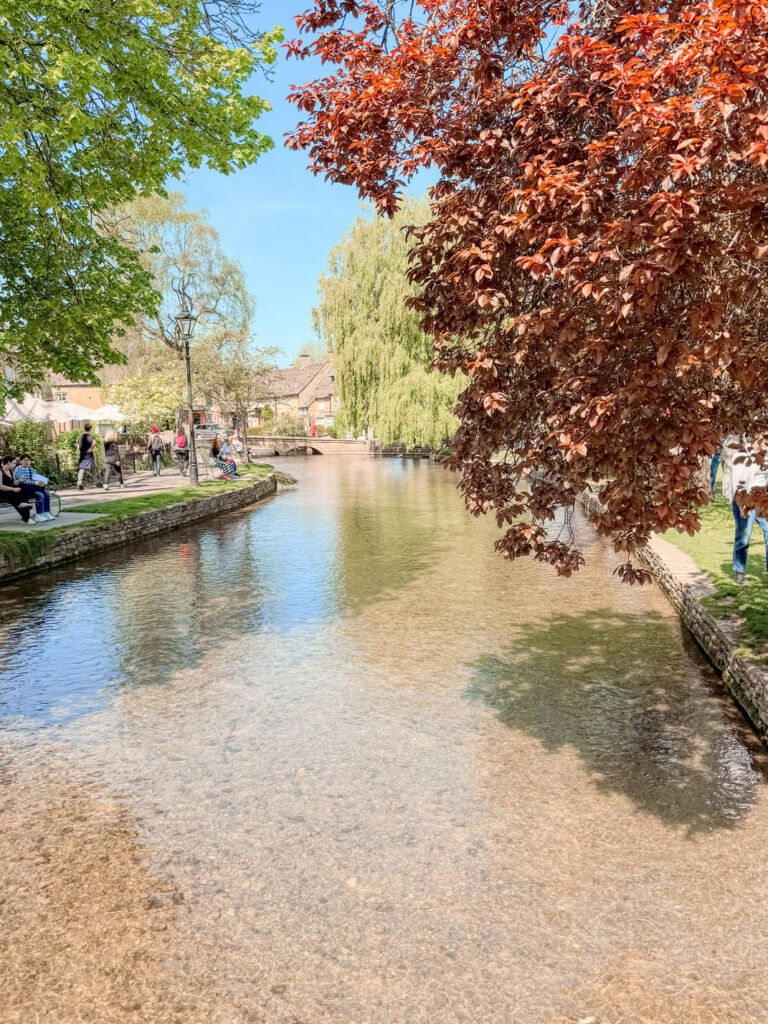
Upper Slaughter & Lower Slaughter
These neighboring villages are small and serene, with a stream running through, charming stone cottages, and old mills. They’re among the quietest, most peaceful stops in the region.
Chipping Campden
Known for its historic wool trade, Chipping Campden has a graceful high street lined with old stone buildings. The Market Hall from 1627 and nearby Hidcote Gardens make it a cultural stop.
Painswick
Dubbed the “Queen of the Cotswolds,” Painswick is known for its 99 yew trees in the churchyard and its impressive Georgian architecture. It also offers panoramic views over the valleys.
Broadway
With its wide main street and honey-colored buildings, Broadway feels grand yet welcoming. It’s a great base for walkers heading to Broadway Tower — one of the highest points in the Cotswolds.
Bradford-on-Avon
Located on the edge of the Cotswolds, Bradford-on-Avon features a picturesque canal, a Saxon church, and a beautiful 17th-century bridge. Its blend of river views and stone buildings makes it a lesser-known but unforgettable gem.
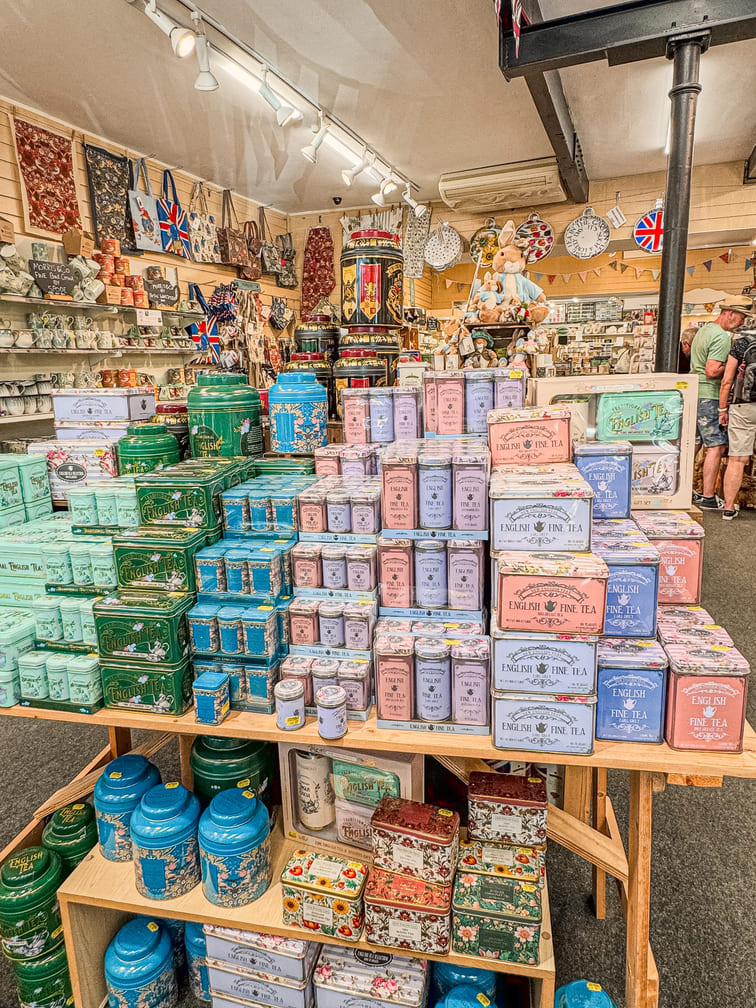
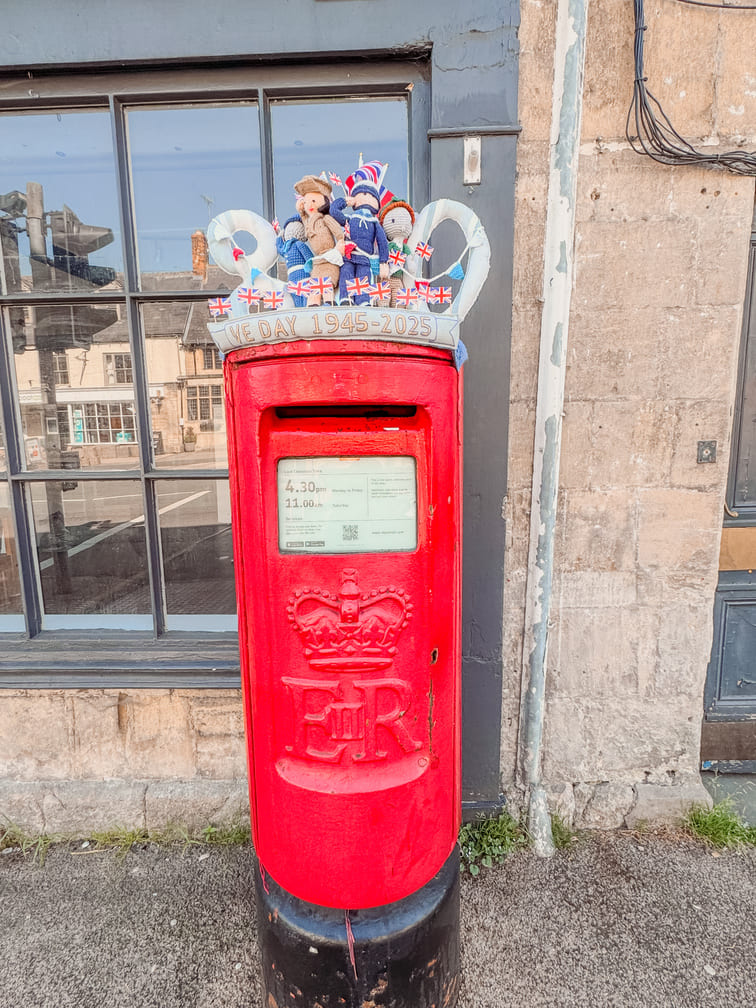
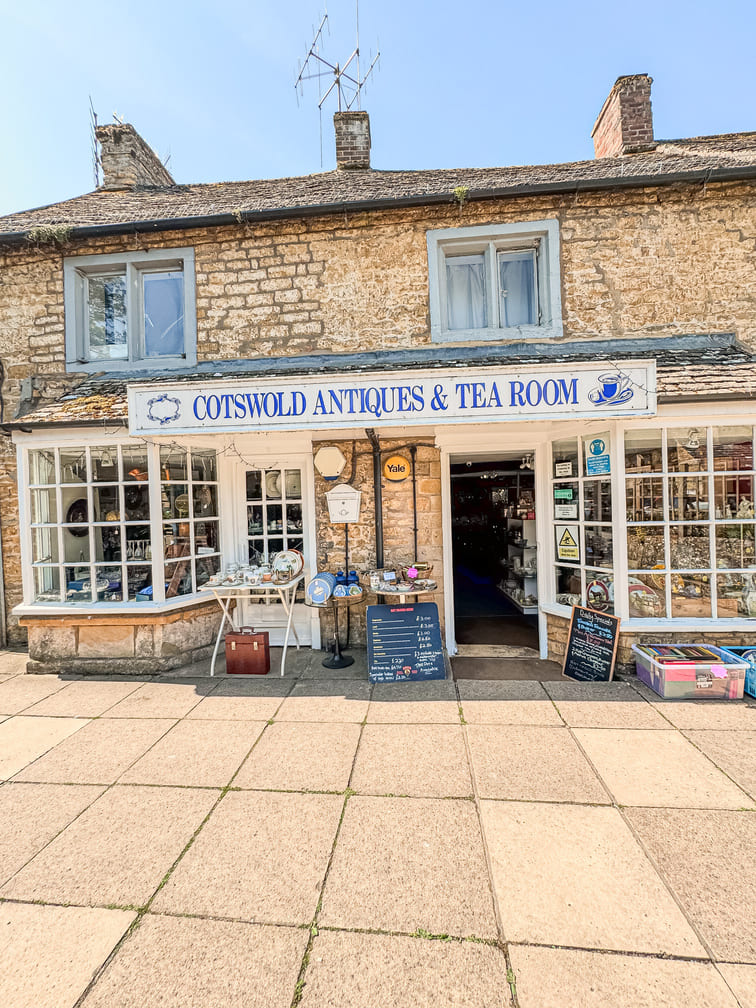
Cirencester
The largest town in the Cotswolds, often called the “Capital of the Cotswolds.” It has a Roman past, vibrant market, and beautiful parish church. Great for shopping and local events.
Lacock
Technically just outside the core Cotswolds, Lacock deserves a mention. Its perfectly preserved streets have been filming locations for Harry Potter and Downton Abbey. The abbey and village are owned by the National Trust.
Tetbury
A royal town close to Highgrove, the residence of King Charles III. It’s known for antique shops and the annual Woolsack Races. A charming blend of history and modern rural life.
Local Life and Habits
The Cotswolds aren’t just beautiful — they’re lived-in. Locals cherish their connection to land, tradition, and slow living. Don’t be surprised to see handwritten signs offering fresh eggs, homemade chutneys, or wool goods from local farms. Weekends are for the farmers’ markets, long pub lunches, and quiet community events in the village hall. Here, time moves just a bit more gently.
What to Buy: Authentic Souvenirs
- Wool and knitwear: The Cotswolds grew wealthy in the Middle Ages thanks to the wool trade. Today you’ll find high-quality knitwear and throws made locally.
- Cotswold lavender products: Visit in late June to mid-July to see (and smell!) the vibrant lavender fields. You can buy oils, soaps, and even lavender-infused chocolate.
- Ceramics and handmade pottery: Many local artisans create beautiful, functional pieces using traditional methods.
- Jams, chutneys & local honey: Especially at village markets or farm shops.
Want to discover the Cotswolds for yourself? 👉 Book the same tour I took on GetYourGuide — I visited Oxford and the Cotswolds on the same day with this organized trip. It was the perfect way to experience a lot without the stress of planning. If you book through this link, you’ll support my work at no extra cost to you.
If this slice of English countryside has inspired you, follow me on Instagram @theplanningpulse for more travel inspiration, slow travel tips, and curated experiences from places that still hold onto their soul.




